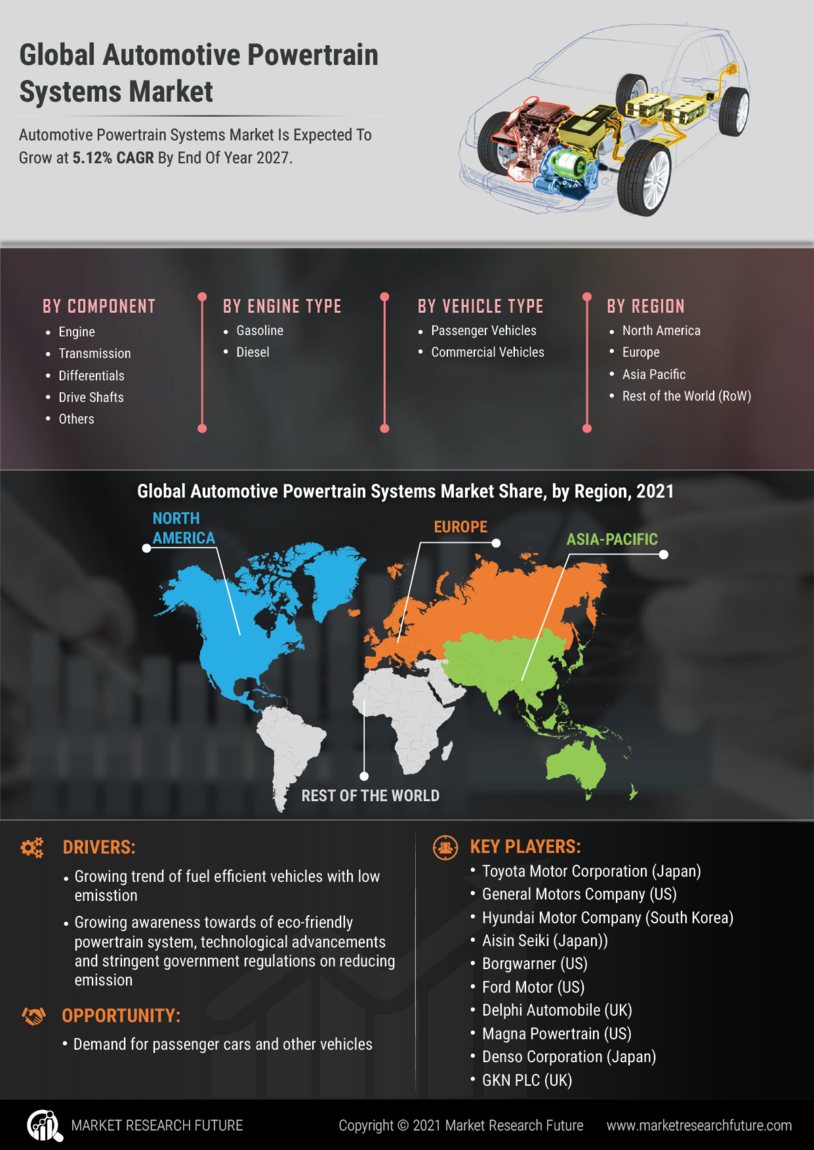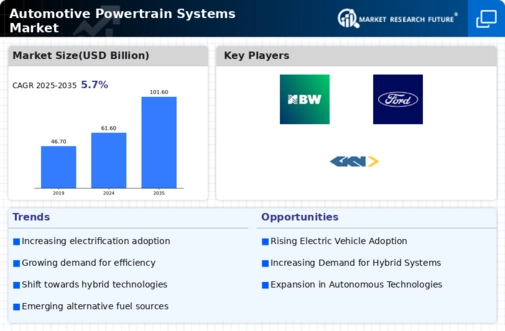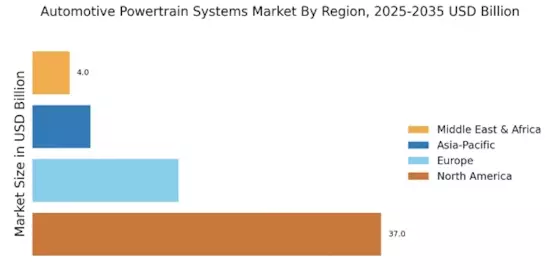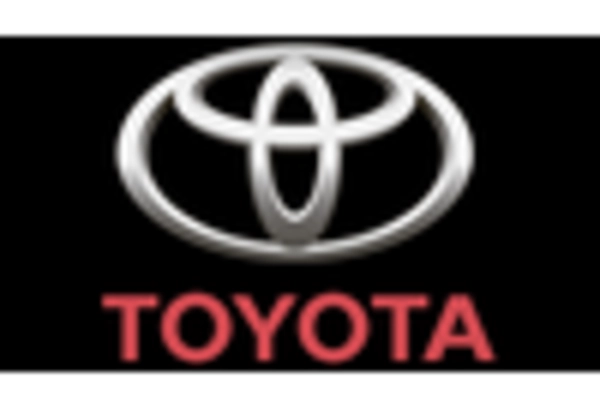Toyota Motor Corporation (Japan): Solid-State Batteries: Toyota plans to launch its first commercial solid-state battery-powered electric vehicle (EV) by 2025. This technology promises higher energy density, faster charging, and improved safety compared to traditional lithium-ion batteries.
Hydrogen Fuel Cell Expansion: Toyota will continue to expand its hydrogen fuel cell technology, particularly in heavy-duty vehicles and commercial fleets. The company aims to introduce next-generation fuel cell systems with improved efficiency and lower costs by 2025.
General Motors Company (US): Ultium Platform Expansion: GM’s Ultium battery platform will power a wide range of EVs across its brands (Chevrolet, GMC, Cadillac, and Buick) by 2025. The company aims to achieve a 40% reduction in battery costs by this time.
Autonomous Vehicle Integration: GM plans to integrate its Ultium powertrain systems with autonomous driving technology, particularly in its Cruise AV lineup. This will include advanced energy management systems for self-driving EVs.
Renewable Energy Partnerships: GM will collaborate with renewable energy providers to ensure sustainable sourcing of materials for its powertrain systems, including lithium, cobalt, and nickel.
March 2024: Viritech has introduced their Ready-to-Run Vehicle Powertrain, which had 60 kW of power. The VPT60N Powertrain is a member of the Viritech Powertrain family and represents the culmination of a number of years of research and development conducted by Viritech.
It combines the various powertrain products and enabling technologies offered by Viritech into a comprehensive powertrain solution that can be utilized by original equipment manufacturers (OEMs), Tier-1 corporations, and research organizations. This solution enables the rapid deployment of hydrogen fuel cell electric vehicles.
The following components make up the powertrain:
A 60-kilowatt fuel cell that is equipped with a boost DC/DC power converter and balance of plant. The battery energy storage has a capacity of 16 kWh and operates at 400V. It also includes a battery management system and cooling components. The combined e-machine, inverter, and final drive unit has the capability to generate a maximum peak power of 200 kW and an axle torque of 4100 N·m.
A hydrogen storage system with a capacity of 6 kilograms and 350 bars, including pressure management and a fill mechanism that complies with SAE standards. A full-function vehicle control unit that is equipped with Tri-Volt energy management is responsible for managing all elements of the powertrain, including HVIL and other safety systems connected to it.
Both the battery energy store and the hydrogen storage are offered in unique form factors to facilitate vehicle packing. Additionally, a standardized alternative is provided for both of these options to reduce lead times. All of the systems integration between the powertrain components is finished when the powertrain is delivered, and the vehicle control unit (VCU) is preconfigured so that the system may be started up inside the car.
Viritech's engineering section is able to enable vehicle integration and development (including human machine interface and functional safety case) in order to obtain a fully homologated end vehicle. The powertrain is available in a non-homologated version for use in prototypes and development vehicles.


















Leave a Comment